How Innovation Is Changing Armchair Mould Design and Production?
The furniture manufacturing industry has seen steady advancements in recent years, with innovation driving notable improvements in mould technology. Among these developments, the design and production of the Armchair Mould have experienced significant changes. As consumer preferences evolve and production demands shift, manufacturers are adopting new techniques and materials to enhance both the function and efficiency of the Armchair Mould.
One of the main ways innovation has transformed Armchair Mould production is through the use of digital design software. Modern computer-aided design (CAD) tools allow manufacturers to create detailed 3D models of a Mould before any physical work begins. This approach reduces the margin for error and allows for quicker modifications based on client feedback or market trends. It also enables more intricate designs, such as ergonomic curves and unique armrest structures, which previously required complex manual adjustments.
In addition to digital modelling, simulation software now plays a vital role in Armchair Mould development. Before committing to a full prototype, manufacturers can simulate how materials will behave inside the mould during the production process. This includes predicting potential issues such as uneven material flow, shrinkage, or deformation. By addressing these factors early, producers improve the performance of the final Mould and reduce wasted resources.
Material innovation has also impacted the Armchair Mould manufacturing process. While traditional steel and aluminium remain widely used, newer composite materials and alloy blends are gaining popularity. These options offer a balance of durability and weight reduction, making it easier to handle large or multi-part moulds. Certain materials are also selected for their enhanced heat resistance, allowing the Mould to perform consistently under repeated exposure to high temperatures during moulding cycles.
Automation is another area reshaping how the Armchair Mould is produced. Modern factories now use advanced CNC (computer numerical control) machines to cut and shape mould components with high precision. Automation reduces the time required for complex machining tasks while improving accuracy. This technology ensures that every Mould produced meets strict dimensional standards, resulting in consistent product quality across multiple production runs.
Surface treatment processes have similarly evolved. In the past, simple polishing and basic coatings were often sufficient to maintain an Armchair Mould’s condition. Today, manufacturers are incorporating advanced surface finishes such as ceramic coatings, wear-resistant layers, and specialised texturing techniques. These treatments extend the life of the Mould while enhancing the appearance and texture of the final armchair product. Some treatments also improve the release process, making it easier to remove finished items from the mould.
Customisation has become increasingly important in the Armchair Mould industry. With interior design trends constantly changing, furniture producers require moulds that can adapt to different styles, materials, and finishes. Innovation in modular mould systems allows manufacturers to swap out certain sections of a Mould, offering new design options without creating an entirely new mould. This flexibility helps businesses respond quickly to market demands and reduce tooling costs.
Another advancement worth noting is the integration of smart technology in Armchair Mould production. Sensors and monitoring systems can now be embedded within moulds or attached to production equipment. These systems collect data on temperature, pressure, and cycle times, providing manufacturers with valuable insights. By analysing this information, adjustments can be made to optimise mould performance, reduce defects, and extend the operational lifespan of each Mould.
Environmental considerations have also influenced innovation in this field. As sustainability becomes a greater priority, many producers are seeking ways to reduce the environmental impact of their Armchair Mould manufacturing processes. This includes selecting recyclable materials, improving energy efficiency in production lines, and designing moulds for reduced material waste. Some Mould designs now allow for thinner yet stronger chair walls, reducing material use without compromising durability.




 Search...
Search... English
English
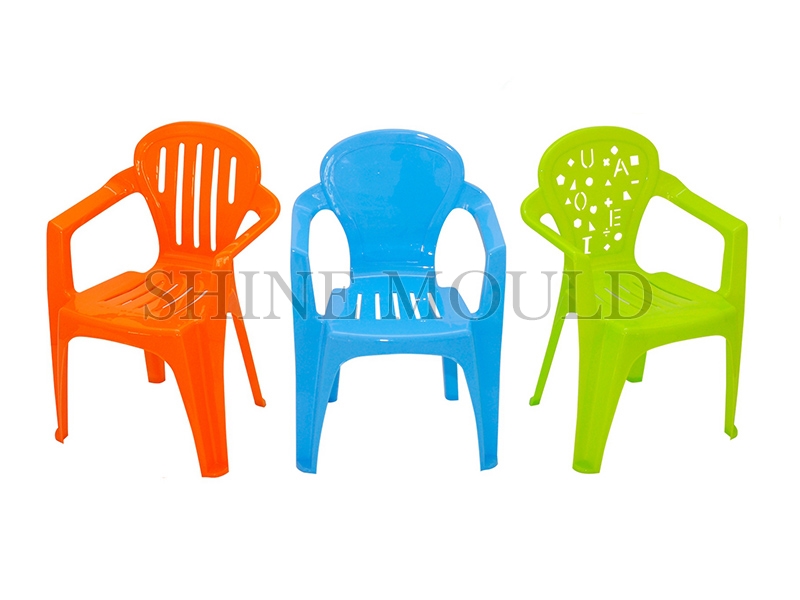
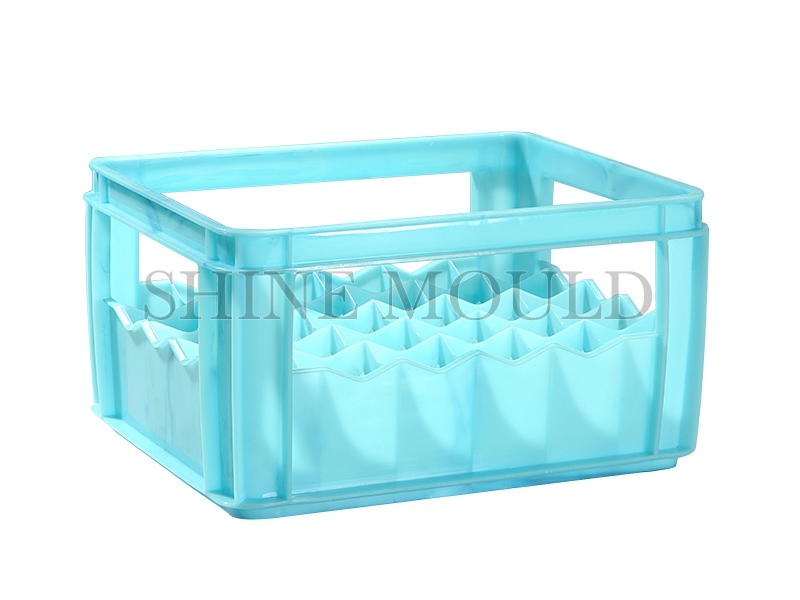
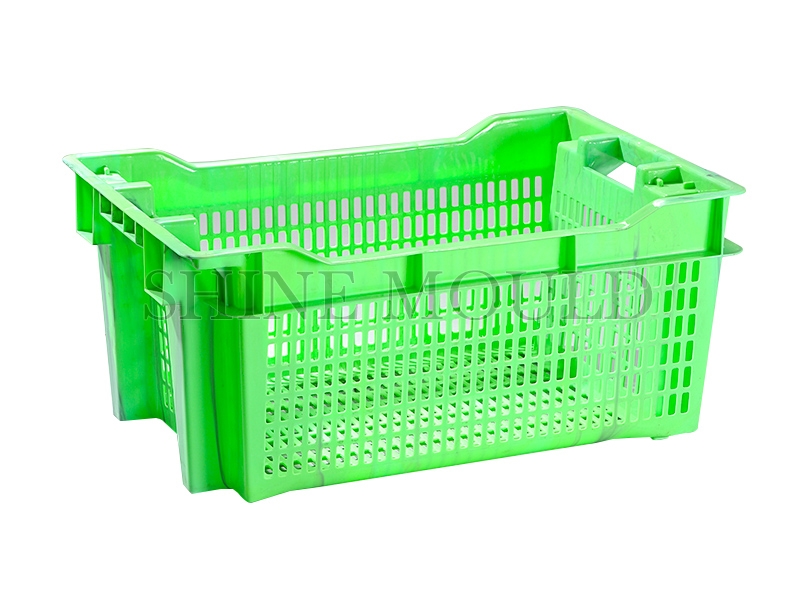

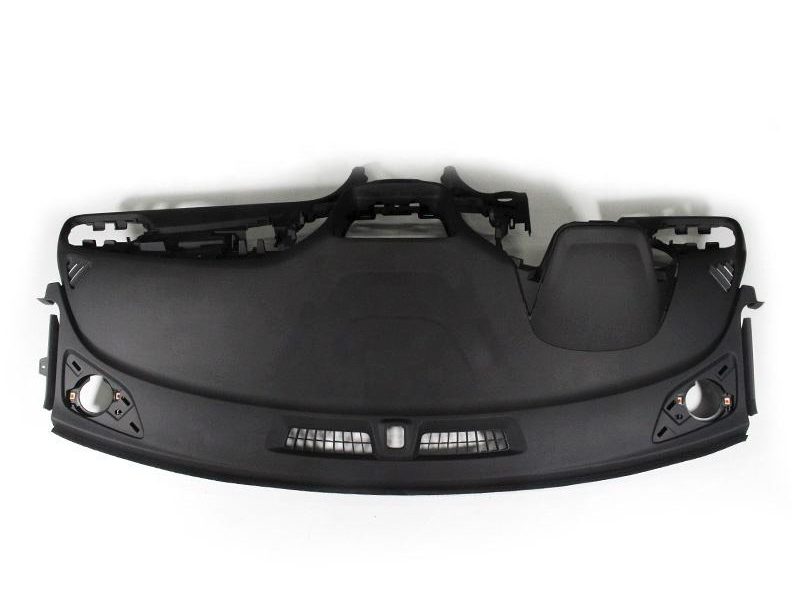
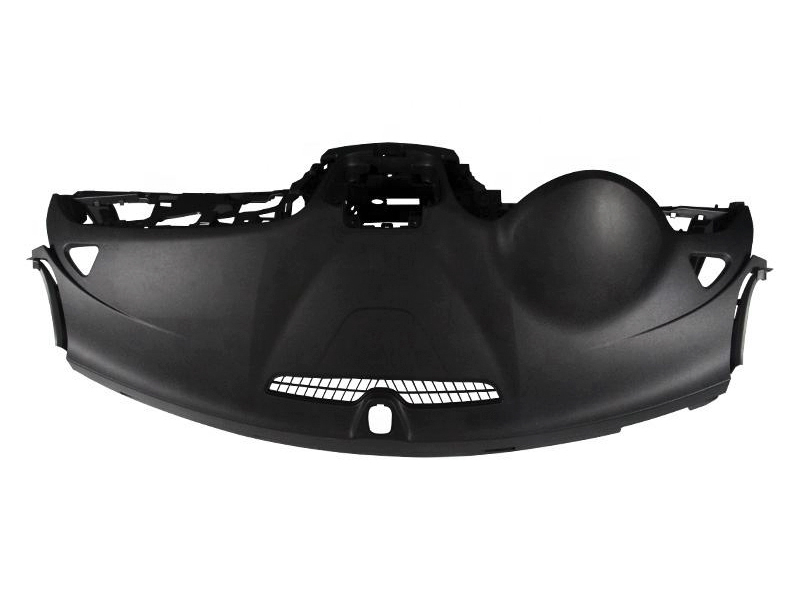
.jpg)
